$ETH $AAVE #Ethereum #DeFi #MakerDAO #Crypto #Blockchain #Stablecoins #RWAs #VitalikButerin #Finance #Investment #FutureOfFinance
Is Ethereum Doomed to Fail? Explore Why It Won’t Be the Next Google!
Vitalik’s news has sparked intense discussions about the future of Ethereum, particularly surrounding low-risk decentralized finance (DeFi) platforms like Aave and MakerDAO. These platforms aim to provide stability and reliability in an industry often characterized by volatility. However, many are questioning whether they can in fact drive Ethereum’s growth and help it achieve its ambitious goals.
The core idea behind low-risk DeFi is to create a more stable financial ecosystem within the blockchain world. Aave, for instance, allows users to lend and borrow assets without the need for traditional financial institutions. Similarly, MakerDAO facilitates the creation of stablecoins, which aim to maintain a stable value against fiat currencies. Despite these innovations, challenges remain, particularly regarding the integration of stablecoins and real-world assets (RWAs) into the Ethereum ecosystem.
The Role of Stablecoins and RWAs in Ethereum’s Future
The introduction of stablecoins represents a significant shift in how users interact with cryptocurrencies. They provide a bridge between traditional fiat currencies and the digital asset world, making it easier for users to transact without experiencing the volatility typically associated with cryptocurrencies. However, the challenges of regulatory compliance and market acceptance persist.
Moreover, RWAs can enhance the utility of Ethereum by linking digital assets with physical assets, such as real estate or commodities. This could open new avenues for investment and liquidity. Nevertheless, the successful integration of RWAs into Ethereum’s framework poses significant hurdles that must be overcome.
Vitalik’s Vision: A Double-Edged Sword
Vitalik Buterin, Ethereum’s co-founder, has a vision for Ethereum that is both ambitious and complex. He imagines a world where Ethereum powers a decentralized internet and serves as a foundation for various applications. However, the path to realizing this vision is fraught with challenges.
For instance, Ethereum must contend with scalability issues, transaction costs, and competition from other blockchain platforms. As DeFi continues to evolve, it is crucial for Ethereum to adapt and innovate. If it fails to do so, the dream of becoming the next Google may remain just that—a dream.
The Competitive Landscape: Can Ethereum Keep Up?
The competitive landscape of blockchain technology is rapidly changing. Numerous projects are emerging, each offering unique solutions to the problems that Ethereum faces. While Ethereum has established itself as a leader in the space, it cannot afford to become complacent.
To explore more about the changing dynamics of the crypto industry, check out our relevant articles on the latest trends.
Moreover, as the DeFi ecosystem matures, the need for regulatory clarity becomes increasingly important. Governments around the world are beginning to take notice, and the regulatory landscape is evolving. This could either bolster Ethereum’s growth or impose constraints that hinder its potential.
Conclusion: The Future of Ethereum and DeFi
In conclusion, while low-risk DeFi platforms like Aave and MakerDAO hold promise for driving Ethereum’s growth, significant challenges remain. Vitalik’s vision for Ethereum is bold, but its realization is uncertain. The integration of stablecoins and RWAs could prove transformative, but it requires careful navigation of regulatory and technical obstacles.
To stay updated on developments in the crypto space, consider checking out Binance for the latest offers and trading options: Binance Referral. As the landscape continues to evolve, the question remains: can Ethereum truly become a cornerstone of the next digital revolution, or will it falter under the weight of its ambitions?
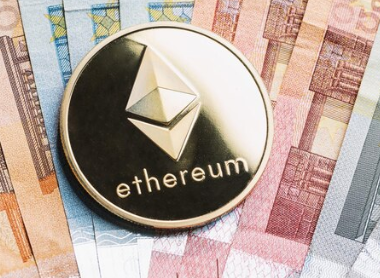

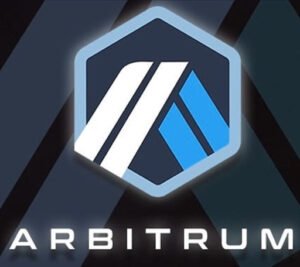

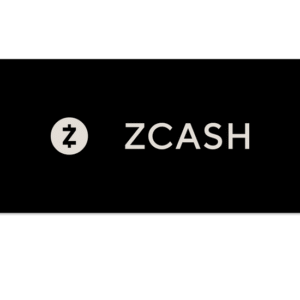




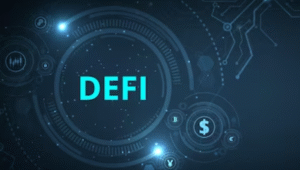
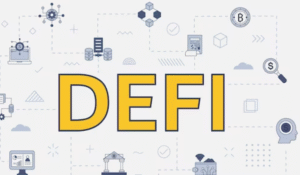
Comments are closed.